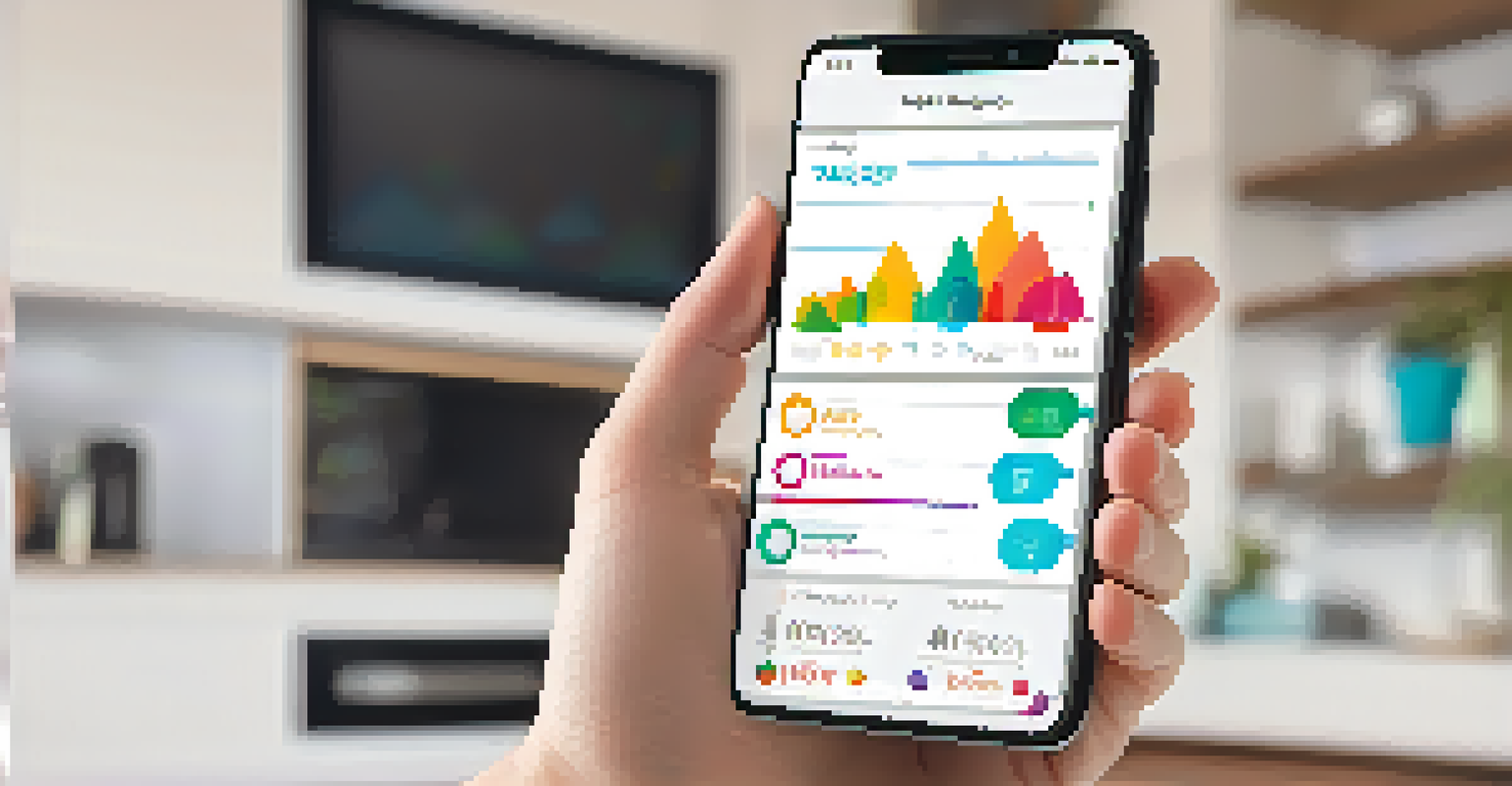Barriers to Health Literacy: Overcoming Common Challenges

Understanding Health Literacy and Its Importance
Health literacy refers to the ability to obtain, process, and understand basic health information. It's crucial for making informed health decisions and navigating the healthcare system. When individuals lack health literacy, they may struggle to follow medical instructions or comprehend health risks, leading to poorer health outcomes.
Health literacy is the key to effective health care and empowers individuals to take control of their health.
Imagine trying to assemble a piece of furniture without a clear instruction manual. Without proper guidance, it's easy to make mistakes. Similarly, when patients don’t understand their health information, they may mismanage their conditions, which can result in complications and unnecessary hospital visits.
Improving health literacy isn’t just about educating individuals; it’s about creating a supportive environment. Healthcare providers and institutions must work together to present information in clear, accessible formats, ensuring that everyone can understand and act on their health needs.
Cultural Differences as Barriers to Understanding
Cultural backgrounds significantly influence how people perceive health information. Different cultures may have unique beliefs about health and wellness, which can create misunderstandings. For instance, a treatment recommended by a healthcare provider may contradict traditional practices valued by a patient’s culture.

Take the example of dietary recommendations. A healthcare provider might suggest a low-sodium diet, but if that conflicts with a patient's cultural cuisine, the patient may struggle to follow the advice. This disconnect can lead to frustration and non-compliance, impacting their overall health.
Health Literacy is Crucial
Understanding health information is essential for making informed health decisions and effectively navigating the healthcare system.
To bridge these gaps, healthcare professionals should engage with patients' cultural contexts. By showing respect for different beliefs and incorporating them into care plans, providers can enhance understanding and foster better health outcomes.
Limited Access to Health Information and Resources
Access to reliable health information is a significant barrier to health literacy. Many individuals may live in areas where healthcare resources are scarce, or they may not have internet access to seek information online. This limited availability can lead to a reliance on misinformation from unverified sources.
The ability to read and understand health information is essential for making informed health decisions.
Consider a person living in a rural area who needs to know about diabetes management. If local resources are inadequate, they might turn to social media for answers, which can lead to confusion and potentially harmful choices. Access to accurate information is crucial for managing health effectively.
To combat this issue, communities should work towards increasing the availability of health resources. This can include organizing health fairs, providing workshops, and ensuring that libraries and community centers have up-to-date health materials accessible to everyone.
Low Educational Levels and Their Impact on Literacy
Educational background plays a significant role in health literacy. Individuals with lower educational levels may struggle to understand complex health information, such as medication instructions or consent forms. This gap can lead to misinterpretations and inadequate care.
Think about reading a book that’s written in a language you don’t fully understand. You might miss crucial details that could change your overall understanding. Similarly, when health materials are too technical, they can alienate those who need them most.
Cultural Context Matters
Cultural differences can create barriers to understanding health information, leading to potential miscommunication and non-compliance.
To improve health literacy, it's essential to tailor communication to suit different educational backgrounds. Simple language, visuals, and clear instructions can go a long way in helping individuals grasp health concepts, regardless of their formal education.
Language Barriers in Healthcare Communication
Language differences can create significant obstacles in healthcare settings. Patients who are non-native speakers may struggle to understand health information conveyed by providers, leading to misunderstandings and poor health outcomes. This barrier can perpetuate health disparities among different populations.
Imagine visiting a doctor and not being able to communicate your symptoms effectively. This scenario is all too common for those who don’t speak the primary language of their healthcare provider, resulting in frustration and anxiety. Accurate communication is essential for effective care.
To address language barriers, healthcare facilities should employ interpreters and offer materials in multiple languages. By ensuring that every patient can comprehend their health information, providers can create a more inclusive and effective healthcare environment.
Emotional and Psychological Factors Affecting Literacy
Emotional and psychological factors can significantly impact an individual's ability to process health information. Stress, anxiety, or past negative experiences with healthcare can create barriers to understanding and compliance. Patients may feel overwhelmed and unable to focus on their health needs.
For instance, a patient facing a serious diagnosis might find it hard to absorb information about treatment options. The emotional weight of their situation can cloud their ability to process even the simplest instructions. This highlights the need for empathy in healthcare communication.
Technology Enhances Access
Utilizing technology, such as mobile apps and online resources, can significantly improve health literacy by making information more accessible.
Healthcare providers should be aware of these emotional factors and approach communication with sensitivity. A supportive environment can encourage patients to ask questions and seek clarification, ultimately improving their health literacy.
Solutions for Improving Health Literacy in Communities
Improving health literacy requires a multifaceted approach that involves various stakeholders. Community organizations, schools, and healthcare providers can collaborate to create programs that promote health education. These initiatives should focus on making health information accessible and engaging for all.
One effective strategy is to utilize community health workers who can bridge the gap between healthcare providers and patients. These workers often share cultural backgrounds with the communities they serve, making them invaluable in conveying important health messages in relatable ways.

Additionally, leveraging technology can enhance health literacy efforts. Online workshops, social media campaigns, and informative videos can reach wider audiences, making health information more accessible to everyone, regardless of their background.
The Role of Technology in Bridging Literacy Gaps
Technology plays a crucial role in overcoming barriers to health literacy. With the rise of telehealth and online resources, patients can access information at their convenience. This accessibility can empower individuals to take charge of their health and seek the knowledge they need.
For example, mobile apps designed for health management can offer tailored information that aligns with patients' specific needs. These tools often present complex data in user-friendly formats, making it easier for individuals to understand their health status and treatment options.
However, it's important to ensure that technological solutions are user-friendly and cater to diverse populations. By prioritizing inclusivity, we can create digital resources that truly enhance health literacy for everyone, regardless of their technological proficiency.